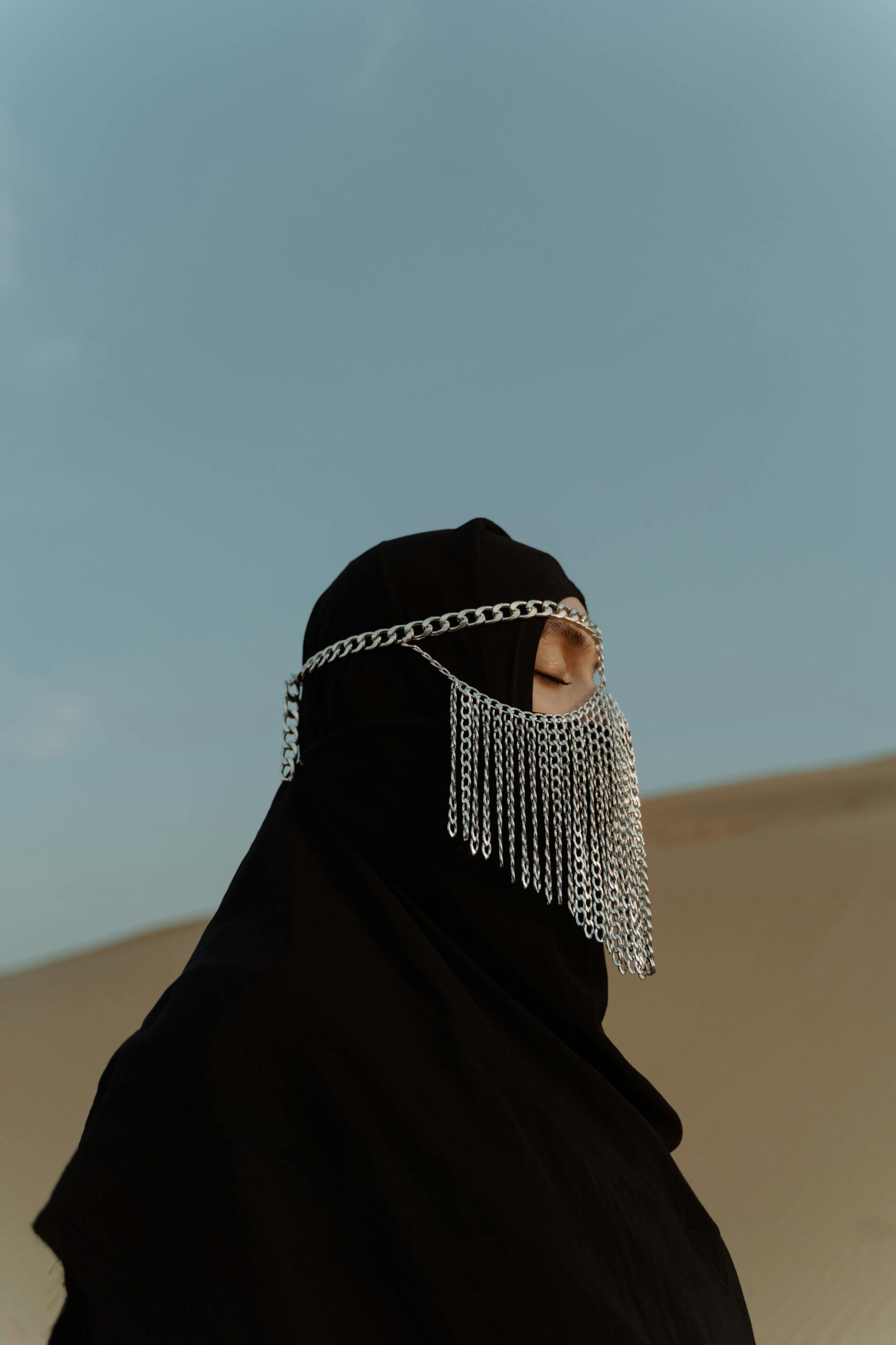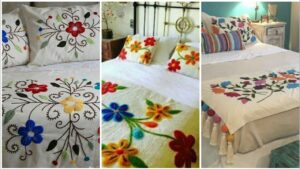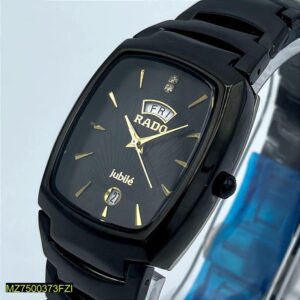The abaya, a traditional garment worn by women in various cultures, particularly in the Middle East, has evolved significantly over the years. Once a simple, black robe, today’s abaya designs incorporate a variety of styles, colors, and embellishments, reflecting both cultural heritage and contemporary fashion trends.
Modern abayas come in a wide range of materials, from lightweight cotton and chiffon to luxurious silks and velvets. Designers often experiment with colors beyond the traditional black, introducing shades like deep navy, rich burgundy, and soft pastels. This shift allows women to express their personal style while adhering to cultural norms.
One of the most notable trends in abaya fashion is the incorporation of intricate embellishments. From hand-stitched embroidery to sequins and beading, these details add a touch of elegance and individuality. Some designers also embrace innovative cuts and silhouettes, such as asymmetrical hemlines, capes, and layered designs, allowing for greater versatility and movement.
Sustainable fashion is another growing influence in the abaya market. Many designers are focusing on eco-friendly materials and ethical production practices, appealing to environmentally conscious consumers. This shift not only reflects a commitment to sustainability but also enhances the overall appeal of the abaya as a modern wardrobe staple.
Furthermore, social media has played a significant role in popularizing diverse abaya designs. Influencers and fashion bloggers showcase their unique takes on this traditional garment, inspiring women around the world to embrace and reinvent the abaya for various occasions, from casual outings to formal events.
In conclusion, abaya designs today represent a beautiful blend of tradition and modernity. With their evolving styles, colors, and sustainable practices, abayas continue to empower women, allowing them to express their individuality while honoring their cultural roots.









